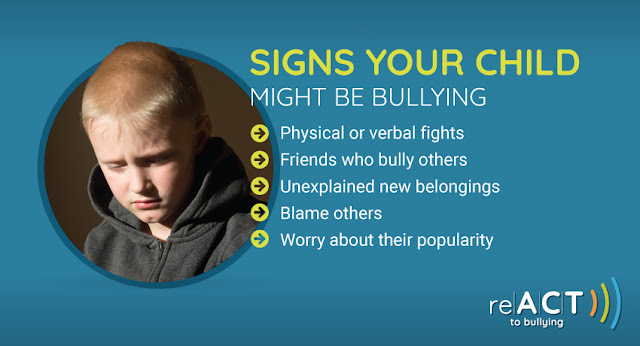The Most Dangerous Foods Not To Pack In Your Child’s Lunchbox
Keeping Your Child Safe Around Water
Teaching Your Child To Swim Safely
Having a child that can swim safely helps to greatly reduce the risk of drowning and takes a lot of worries away from your life as a parent. And while learning to swim can be exciting and fun for a child, it can be a stressful anxiety-driven experience for parents. So just how can you introduce your child to the water in a fun, but safe way? Let’s take a closer look:
Understanding The Basics Of Day Care Safety
Signs A Day Care Is A Safe Environment For Your Child
There are so many factors to consider when
looking into the ideal daycare for your child. You want somewhere close to
home, that is affordable,
and that your child will love, but you also need an environment that is as safe
and secure as possible.
Here are some signs that your chosen day
care will provide a safe environment for your precious bundle of joy:
Licensed And Certified
Always ensure that your daycare of choice
is licensed and certified by the local authorities, that their certificates are
up to date and prominently displayed. This means that the establishment is
adhering to essential safety protocols. Also, check the accreditations of each
of the teachers and facilitators that will be looking after your children, and
if they have first
aid training or security training. Be sure to check how long ago
these qualifications were done to ensure that they know the latest ways of
doing things and that their knowledge is being refreshed on a regular basis.
You can also check these licenses with the
local authorities and see if there has ever been any relapse or black marks against
them, like a case of reported abuse.
Formalized Procedures
Ask your daycare about their formal
procedures for dealing with emergencies, including injuries and fire drills.
Are these procedures clearly detailed in the facility and on hand for all staff
to easily access?
Also, check with the teachers and educators that
they are knowledgeable about what these procedures are. You can also check to
see if your daycare has a specific health consultant or doctor on call should
the need arise.
Childproofing
One of the most important things to look at
is if the spaces have been adequately childproofed. Are windows out of the
reach of little hands? Do the outlets have covers over them? Are any stairs
blocked off by gates? Are any small objects that could present a choking hazard
put out of reach? Are any pools or ponds
covered and fenced off?
Are medical and cleaning supplies kept
locked away? Can they access a computer unsupervised? Are adult activities like
online pokies
NZ not readily accessible? These are all things that you need to
think of when childproofing your house, and the same principles need to apply
at your chosen daycare.
The Number Of Teachers
To ensure a safe environment always, it's
important that there aren’t too many children per caregiver. As a guideline,
you should look at a daycare that has no more than four infants or toddlers
under the age of 2 years old per caregiver. For children older than 2 but
younger than 3, no more than 6 children per caregiver is recommended, and for
children between 3 and 6, no more than 9 kids per teacher is the
recommendation.
Your children will also be safest in an environment that has consistent caregivers. You don’t want a place with a high staff turnover or where the teachers operate on a casual basis as this means they are also trying to learn the environment while keeping an eye on your child.





